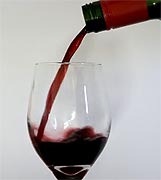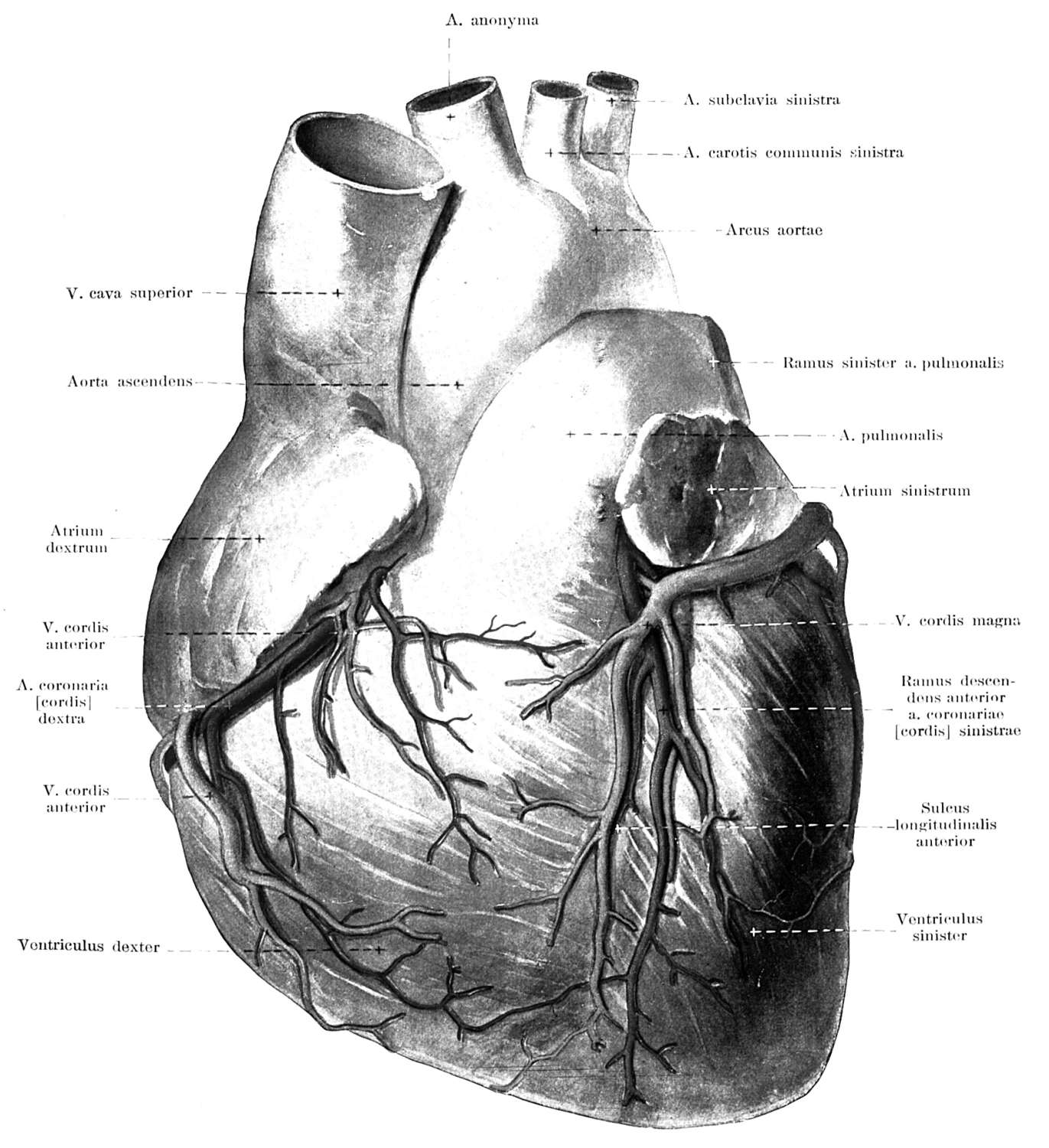
MONDAY, April 25 (HealthDay News) — Most Americans have heard that red wine has health benefits, but many don’t understand the need to limit consumption, finds an American Heart Association survey.
The majority of respondents also mistakenly believe that sea salt is a low-sodium alternative to table salt, the survey found. The poll was conducted to assess awareness about how wine and sodium affect heart health.
Of the 1,000 adults polled, 76 percent agreed with the statement that wine can be good for your heart, but only 30 percent knew the AHA’s recommended limits for daily wine consumption.
Consumption of any type of alcohol should be limited to no more than two drinks per day for men and one drink per day for women. In general, that’s about eight ounces of wine for men and four ounces of wine for women.
Drinking too much of any type of alcohol can increase blood pressure and lead to heart failure, stroke, irregular heartbeat, cancer and obesity.
“This survey shows that we need to do a better job of educating people about the heart-health risks of overconsumption of wine, especially its possible role in increasing blood pressure,” AHA spokesman Dr. Gerald Fletcher, professor of medicine – cardiovascular diseases at the Mayo Clinic College of Medicine, Jacksonville, Fla., said in an AHA news release.
The survey results, released Monday, also indicate that most respondents don’t know the primary source of sodium in their diets and are confused about low-sodium food choices. Consuming too much sodium can increase blood pressure and boost the risk of heart disease and stroke.
Forty-six percent of respondents incorrectly said table salt is the primary source of sodium in American diets. In fact, processed foods such as soups, canned foods, prepared mixes, condiments and tomato sauce account for up to 75 percent of sodium consumption in the United States.
Sixty-one percent of respondents believe that sea salt is a low-sodium alternative to table salt. But sea salt and Kosher salt are chemically the same as table salt (40 percent sodium).
People should consume no more than 1,500 milligrams of sodium per day, the AHA says. In order to limit sodium intake, read nutrition and ingredient labels on prepared and packaged foods, experts advise.
More information
The U.S. National Heart, Lung, and Blood Institute outlines how to reduce salt and sodium in your diet.

